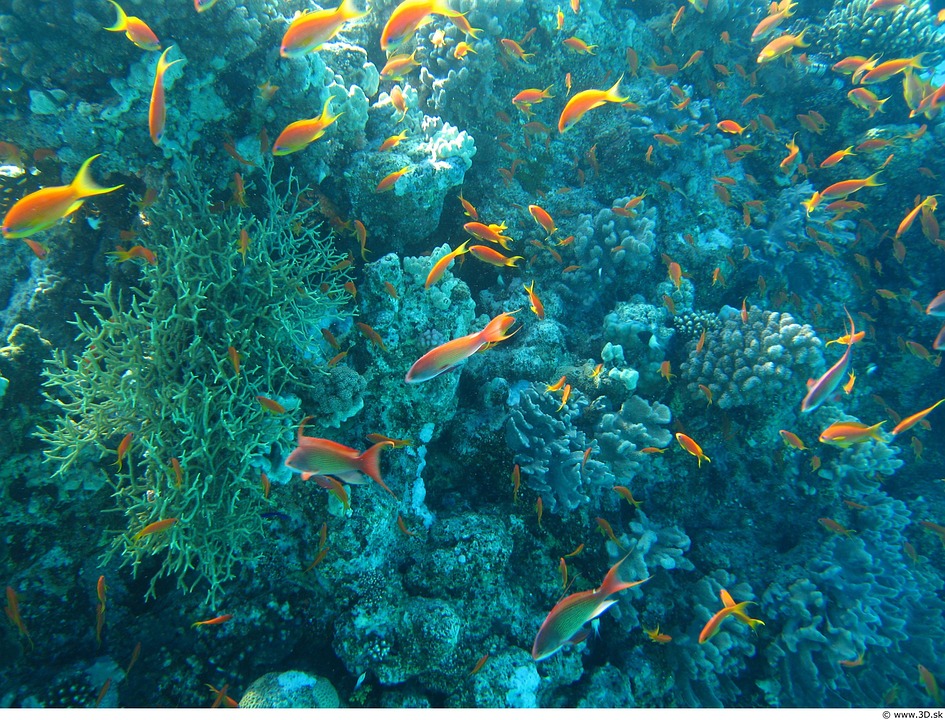For thousands of years, natural products have played an important role throughout the world in treating and preventing human diseases. Natural product medicines have come from various source materials including terrestrial plants, terrestrial microorganisms, marine organisms, and terrestrial vertebrates and invertebrates. From terrestrial plant-derived secondary metabolites, several new chemical entities are undergoing clinical trials including four that are derivatives of known anticancer drugs (camptothecin, paclitaxel, epipodophyllotoxin, and vinblastine). Combretastatin, Homoharringtonine, Phenoxodiol, Homoharringtonine, Ingenol 3-O-angelate, Protopanaxadiol, Everolimus and Amrubicin are the new lead molecules obtained from natural sources.
Life has originated from the oceans that cover over 70% of the earth’s surface and contain highly ecological, chemical and biological diversity starting from microorganisms to vertebrates. This diversity has been the source of unique chemical compounds, which hold tremendous pharmaceutical potential. New trends in drug discovery from natural sources emphasize on investigation of the marine ecosystem to explore numerous complex and novel chemical entities. These entities are the sources of new leads for treatment of many diseases such as cancer, AIDS, inflammatory conditions, and a large variety of viral, bacterial and fungal diseases. Because of the highly chemical and physical harsh conditions in marine environment, the organisms produce a variety of molecules with unique structural features and exhibit various types of biological activities.
Sponges, the most primitive multi-cellular invertebrates, considered as a gold mine during the past 50 years, have fascinated scientist for isolating bioactive compound for human welfare. Interestingly, cytarabine (Cytostar-U) also known as Ara-C, a compound isolated from the Caribbean sponge Cryptotheca crypta currently being used with other anticancer drugs in the treatment of acute myelocytic leukaemia (AML) and lymphomas is one of the very few marine anticancer drugs studied in long-term clinical study3. Acyclovir, which was synthetically known as Ara-A, was modeled based on sponge-derived spongo- thymidine or spongouridine. Ara-A is the first sponge-derived antiviral compound in the market. Polyketide Calyculin A (a selective inhibitor of protein phosphatase 1, isolated from sponge Discodermia calyx), Manoalide (a potent anti-inflammatory marine natural product and a direct inactivator of venom phospholipase A2), Okadaic acid, a potent inhibitor of protein phosphatases, especially protein pho- sphatases 1 and 2 respectively isolated from Luffariella variabilis and Halichon- dria okadai has reached the market undergoing from basic research to long phases of clinical study.
Saclike filter feeder tunicates have been reported to be an important source in drug discovery. Tetrahydroisoquinolone alkaloid ‘Ecteinascidin 743’ from Ecteinascidia turbinate, cyclic depsipeptides ‘Dehydrodidemnin B and Didemnin B’ from Trididemnum solidum, cyclic peptide ‘Vitilevuamide’ from Didemnin cucliferum and ‘Diazonamide’ from Diazona angulata are a few tunicate com- pounds in anticancer preclinical or clinical trials.
Study of marine organisms is a discipline, which endeavors to identify and decipher the troubles regarding not only sustainable exploitation of marine life for human health and welfare but also for marine ecology. Study of marine organisms for their bioactive potential, being an important part of marine ecosystem, has picked up the rhythm in recent years with the growing recognition of their importance in human life. This interdisciplinary study of the life in the oceans ensures an exciting new frontier of scientific discovery and economic opportunity.
